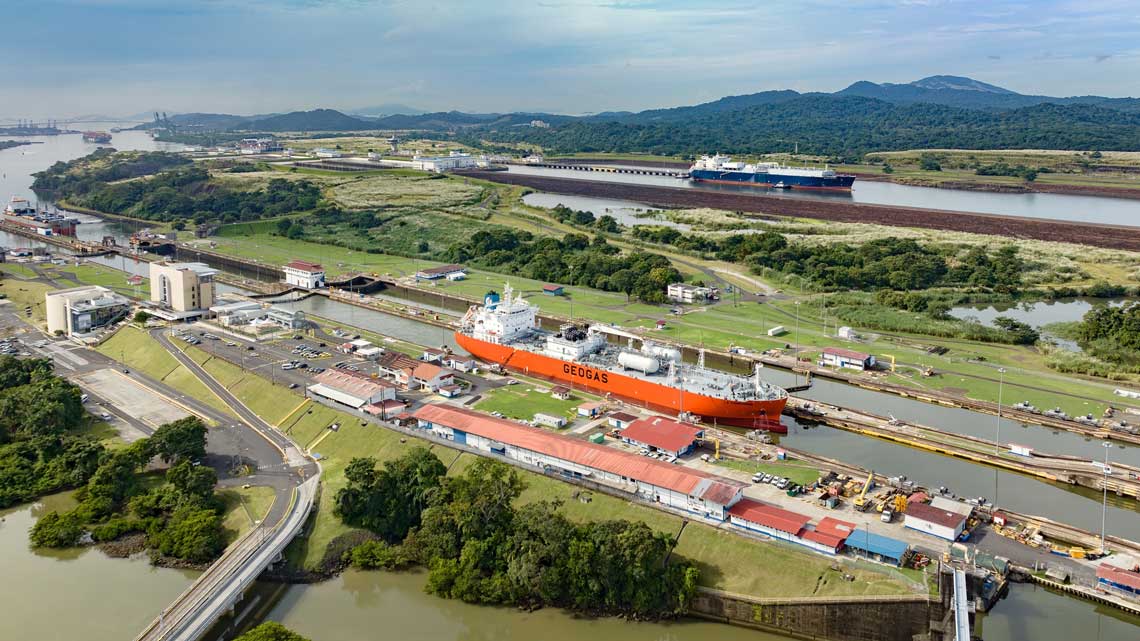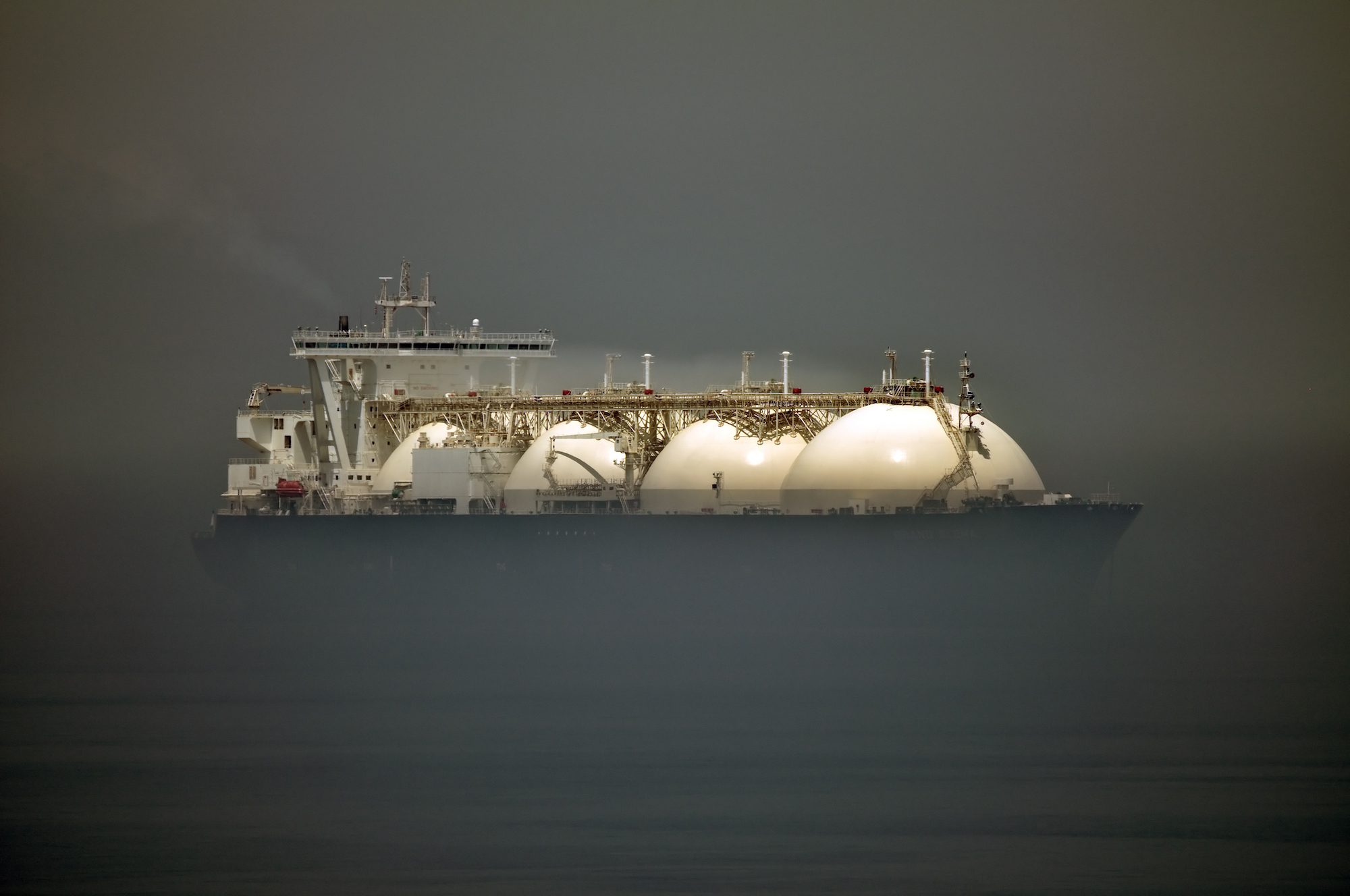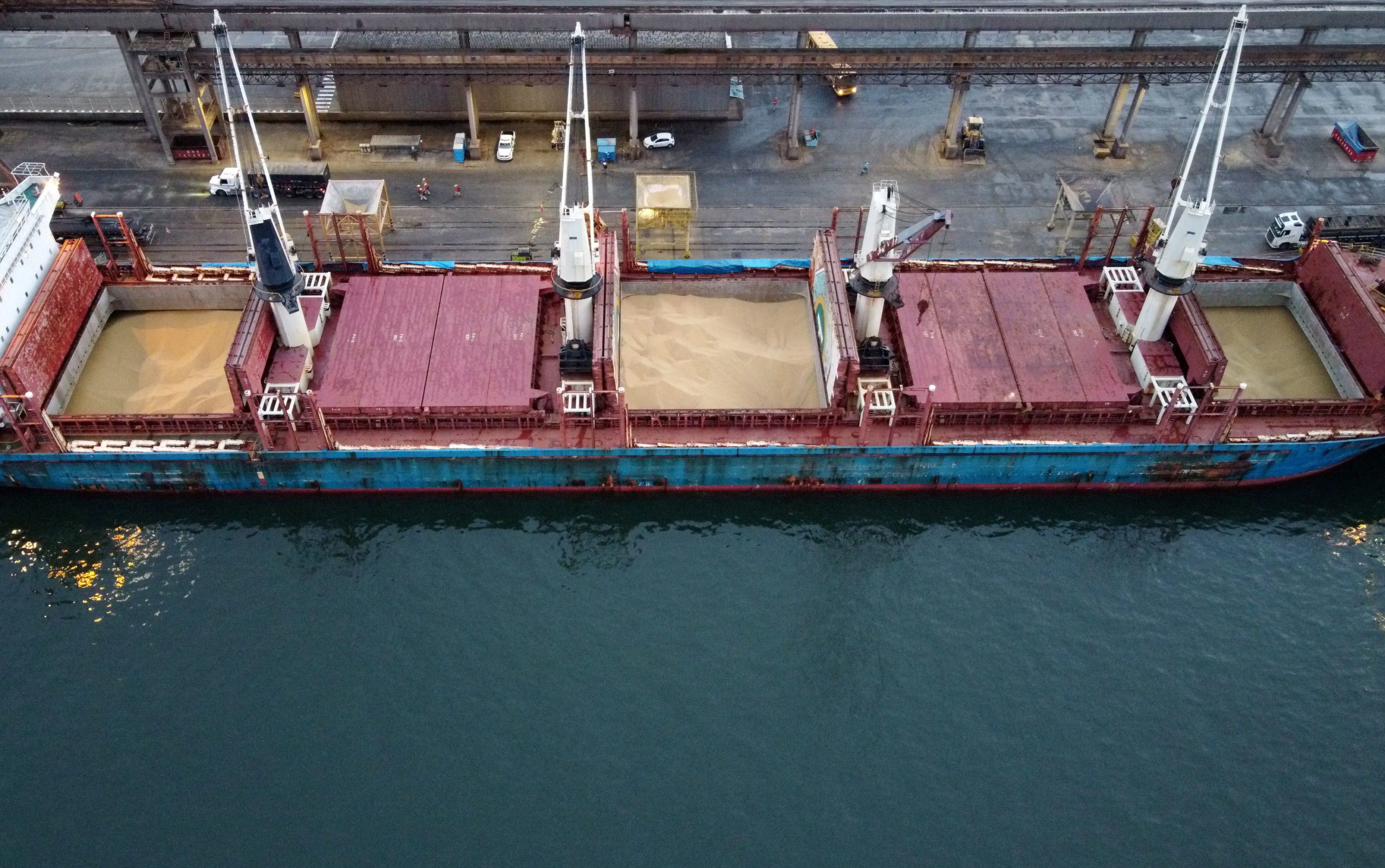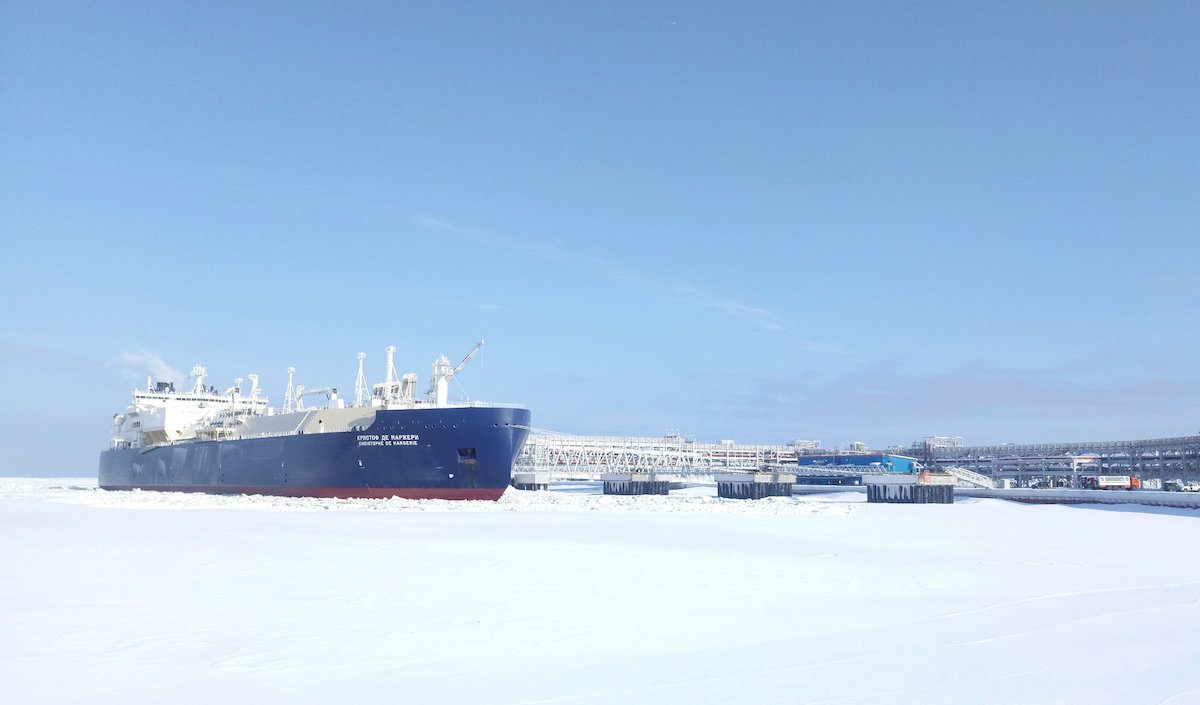The Panama Canal Board of Directors has launched a bidding process for a new energy products pipeline in response to drought-induced operational challenges and shifting global energy shipping patterns.
According to Panama Canal Administrator and CEO Ricaurte Vasquez, the proposed pipeline would have a capacity of 1 million barrels per day, specifically designed to transport LPG from the Atlantic Ocean to the Pacific Ocean.
The initiative emerges following a decrease in canal transits due to low water levels during the 2023-2024 El Niño drought.
The pipeline project represents a strategic response to evolving maritime trade, particularly the expected growth in U.S. LNG exports. The infrastructure will be integrated into the Panama Canal’s West Bank route development plan, offering alternatives to traditional maritime transport methods.
The bidding process, initiated following a private sector proposal evaluation by the ACP and external advisors, will prioritize transparency and seek participation from technically and commercially qualified companies. The selected operator will be responsible for both the development and eventual operation of the pipeline infrastructure.
A key feature of the project is its potential to optimize canal operations by redirecting specific cargo types. The pipeline would primarily handle ethane and LPG transport, effectively freeing up canal capacity for LNG carriers, Vasquez told Platt in an interview at the LPG International Seminar 2025 in Tokyo in March.
“Under the current administration in the US, energy products will have a very high priority,” Vasquez stated. “This is a window of opportunity that Panama must capture to ensure we remain relevant for international trade.”
The Panama Canal Authority emphasized that this strategic initiative aims to strengthen the waterway’s long-term competitiveness and sustainability.
Beyond its immediate operational benefits, the project is expected to contribute to Panama’s social investment programs and reinforce the country’s position as a crucial node in global maritime trade.

 Join The Club
Join The Club











